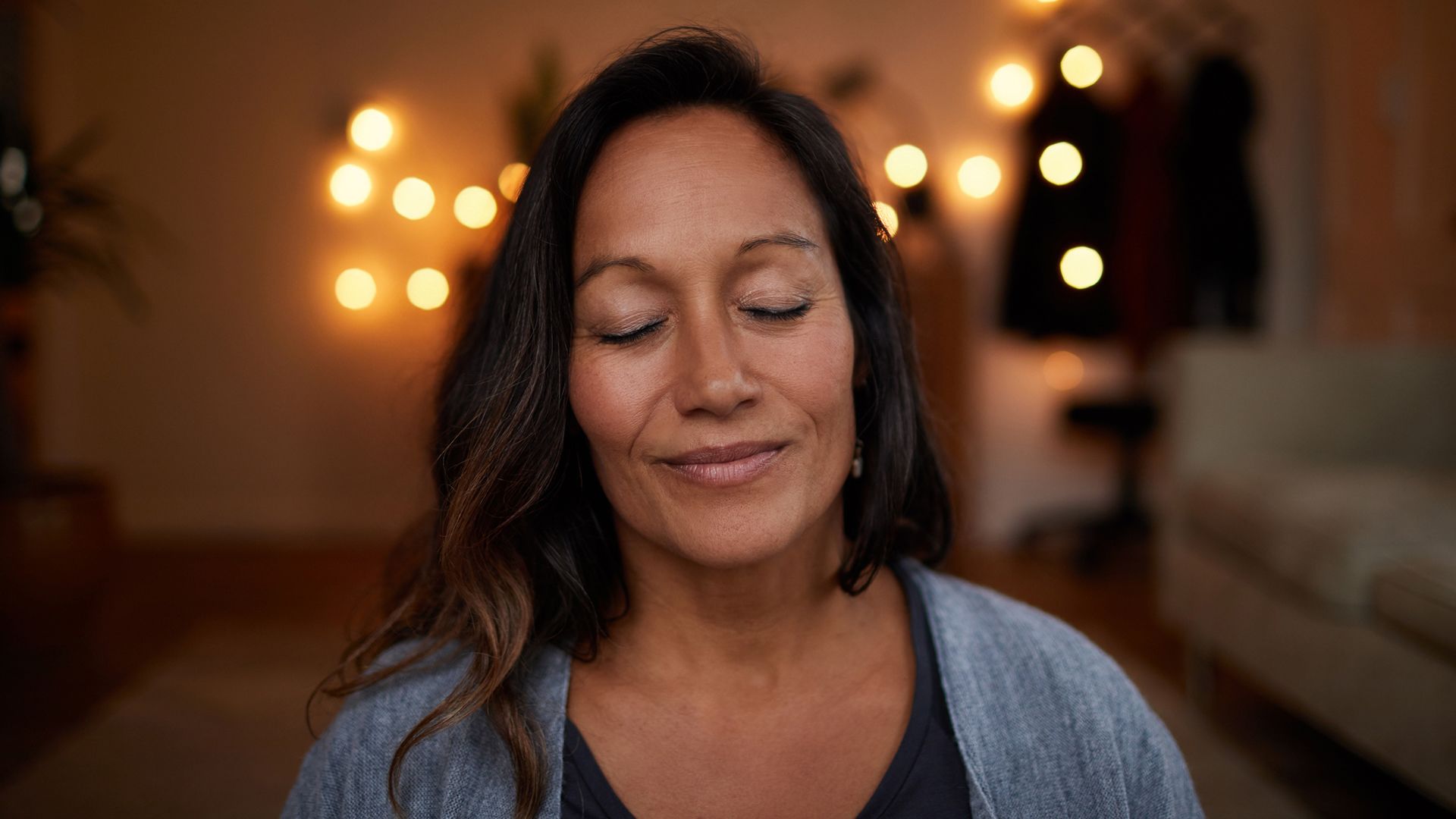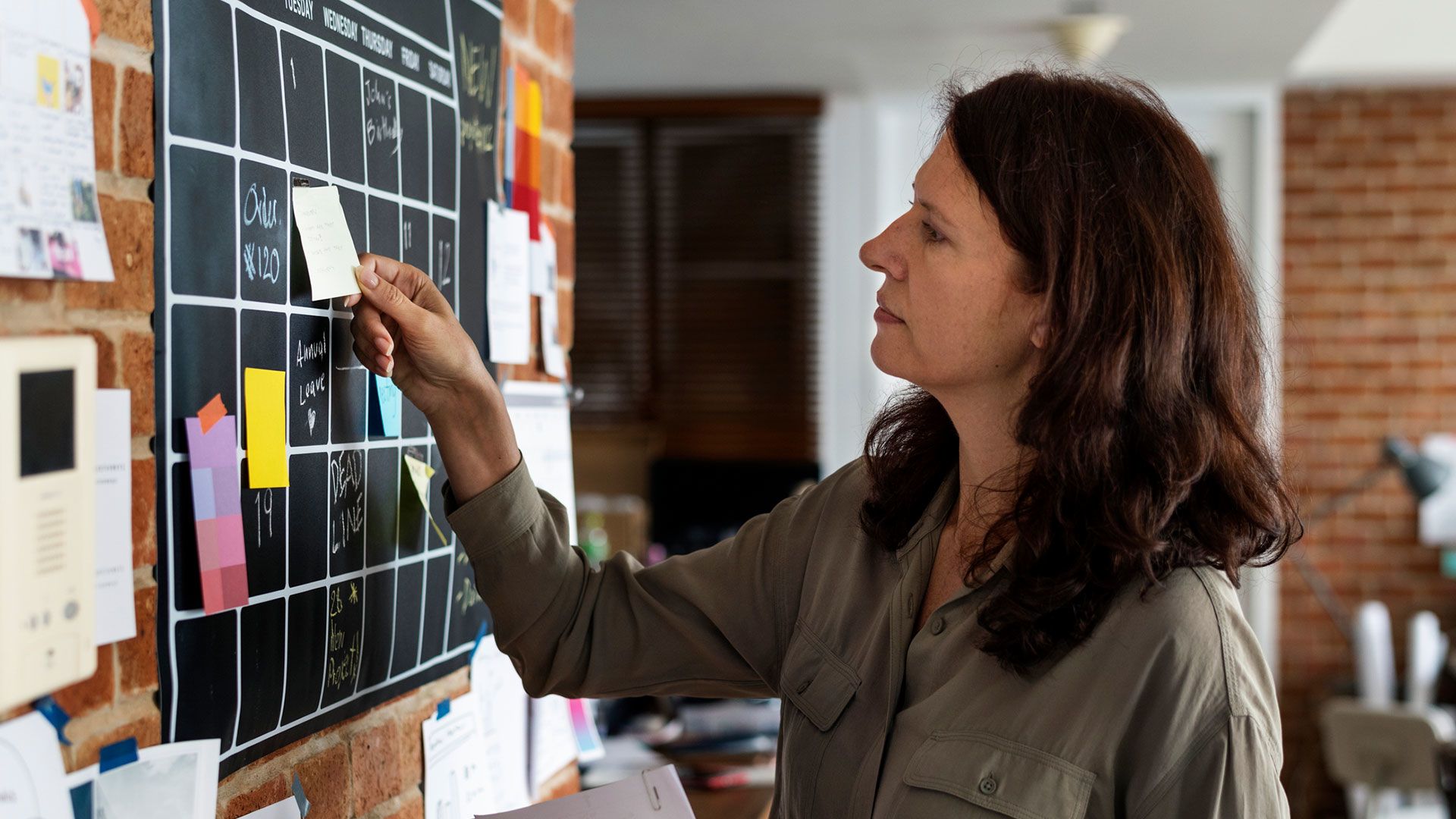Updated on March 7, 2024
Have you ever experienced these signs that you may be having a panic attack—heart racing, tunnel vision, gasping for air, feeling a sense of doom, and control slipping away? When the fear finally passes, you may be left wondering: What just happened—and why? You may also wonder if you'll have another one—and when.
Panic attacks can be so severe that many people race to the emergency room, thinking they’re having a heart attack. They can be so unpredictable that about 10 percent of people develop ongoing worry afterwards; they start avoiding places and situations that could trigger an attack, called panic disorder.
“It doesn’t have to be that way,” says Roger Butler, MD a psychiatrist from Medical City Green Oaks Hospital in Dallas, Texas. “Panic disorder is the most treatable anxiety disorder, no matter what your underlying cause is, and many people recover without medication.”
Here’s what to do the next time you feel an attack coming on, plus how to get help.
What is a panic attack?
A panic attack is a sudden and intense feeling of fear, which may come on without warning and can last for minutes to an hour. About one third of U.S. adults will experience an attack in their lifetimes, and women are about twice as likely to develop panic disorder as men.
Panic attack symptoms include:
- Chest pain—If you feel chest pain, don’t just assume it’s a panic attack. Call 911 or have someone drive you to an emergency room to make sure it’s not a heart problem.
- Shaking, sweating, chills
- A smothering or choking feeling, shortness of breath
- Dizziness
- Nausea
- Feeling detached from your body
- Fear of death; the sense that you’re “going crazy” or losing control
“Remember, you’re not going crazy and you’re not going to die when panic hits,” says Dr. Butler. “You can take control of your attacks. There are treatments for panic disorder.”
Step one: Recognize what’s happening
If you’ve had a panic attack before, you probably remember how it feels, says Butler. Whatever your first symptom is, own it. Don’t ignore it and don’t make it worse by sending yourself the wrong messages about what’s happening, he adds.
Instead of saying, “My career is over because this is happening at work… I’m dying… I can’t breathe… I’m going to pass out.”
Tell yourself, “Okay, this is the first sign… I’m having a panic attack… I've had these before and I’m going to survive.”
A panic attack is largely a physical process. Once you take control of the script that’s running through your head, you can start giving your body loud, clear directions on how to reverse that process.
Step two: Slow down your breathing
“When you’re panicking and you feel like you can’t breathe, the tendency is to start breathing faster and shallower. It may feel like you’re not getting enough oxygen, when you’re actually taking in way too much. It’s called hyperventilation,” says Butler.
Hyperventilation causes you to release too much carbon dioxide. When the amount of carbon dioxide in your system drops, symptoms like dizziness, chest pain and confusion become worse.
Slow your breaths down to around 12 to 20 per minute instead. Pay as much attention to exhaling as you do to inhaling; imagine releasing fear and tension with each long, steady breath out.
Step three: State the facts
“Replace your negative, emotional thoughts with ones that are rational and true,” says Butler.
Reassure yourself with scientific facts; you can say them out loud or write them down. Talking out loud or taking pen to paper will ground you in reality and let you gain a sense of control over the situation. Here are some facts to keep in mind:
- Most panic attacks start to clear within 10 minutes.
- “Millions of people have had panic attacks—none of them have died from it,” says Butler.
- Panic disorder is a medical condition—it will respond to medical treatments. Take any ‘as needed’ meds like benzodiazepines that your psychiatrist gave you. Follow any personalized relaxation tips your therapist suggested.
It can also help to remind yourself about the science behind panic attacks: During an attack, your body goes into fight or flight mode, the physical process that gives you the strength to fight danger or run away.
Often, the process is set off by subtle physical changes that trick your system into thinking there’s a threat, when you’re actually safe. The triggers may be so small—like low blood sugar from skipping breakfast or a rapid heartbeat from too much caffeine—that you panic even more because you don’t understand what caused the attack. Don’t let the physical symptoms increase your anxiety level. Ride them out and the attack will be over soon.
Step four: Engage your senses
Plant yourself firmly in reality by getting in touch with your physical surroundings. List five things you can see, four things you can touch, three you can hear, two you can smell, one you can taste. Consider carrying soft, soothing items in your bag for touch, a pleasant spray or lotion for smell, a favorite candy for taste.
Step five: Take notes and call your healthcare provider
After your panic clears, write down everything that happened during the attack, noting any relaxation techniques that worked especially well. Also record anything you ate, drank or did beforehand. Answer these questions to clue you in on possible triggers:
- Did you use any stimulants like caffeine or nicotine?
- Did you use any substances that could make you feel less in control like alcohol or marijuana?
- Could your blood sugar be low from skipping a meal?
- Did you sleep poorly last night?
- Did you think of a troubling event from your past, even if it was just a fleeting thought?
If you haven’t reached out to a therapist about your panic attacks, make an appointment wth your healthcare provider (HCP) who may also refer you to a trained mental health professional who can help you identify your panic attack triggers and offer coping techniques or treatments that are tailored to your needs. “The earlier panic disorder is treated by a professional, the better the results,” says Butler.





